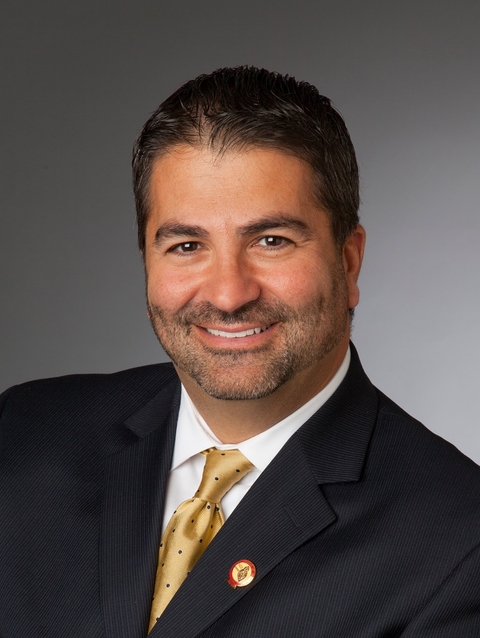
It’s clear that team-based care is the way of the future.
According to research from the American Medical Association, patients want coordinated healthcare that is delivered by a physician-led team. Physicians, in turn, are responsible for finding a safe and effective way of doing so.
With that in mind, Ascension leaders asked ourselves how we could reimagine the traditional care model and develop a solution—a "team care" model—to benefit our patients, associates and physician leaders.
A team care model is defined as a physician and well-trained clinical assistant working closely together to provide a high-quality patient encounter. This model optimizes staffing that is structured to ensure that everyone performs at the best and highest level of his or her qualifications. Work processes are structured to allow both the physician and clinical staff to focus on what they are trained to do, with appropriate delegation of supporting tasks.
In a traditional care model, the physician is solely responsible for the patient encounter, including data gathering, analysis and physical exam, medical decision-making, and the care plan—including patient education. But in the team care model, these responsibilities are shared between the physician and the clinical assistant. The clinical assistant gathers data at the onset of the patient encounter, then helps implement the care plan after the physician conducts the physical exam and medical decision-making. During the exam, the clinical assistant documents exam findings and concludes the visit by reinforcing physician instructions.
This reimagined process hinges on knowledge and decision-making—refocusing care delivery to assign tasks to those best equipped to manage different parts of the patient’s care. When everyone practices closer to his or her licensure, there is an increased sense of ownership and responsibility for the patient’s well-being. Team care models are built to address practice challenges historically seen in healthcare: administrative burden on clinical staff from documentation, reduced productivity, clinical errors, compliance, and meeting quality standards.
RELATED: Team-based care is coming, and doctors must adapt
Given its potential to transform vital components of the patient experience and health outcomes, we had a responsibility to put this model to the test. Thus, we conducted a pilot in Ascension Texas to evaluate the impact of implementing a team care model versus a traditional model.
During our evaluation, we learned that this change in care delivery requires a great deal of training, and it requires physicians and clinical assistants who have both the skill and the capacity to accommodate a changing role. These clinicians must also be willing to provide feedback as the process evolves.
That said, the benefits of this innovative restructure for the patient encounter process proved revolutionary for us at Ascension. Our evaluation demonstrated improved provider satisfaction, improved finances, improved quality of care and more efficient operations at the piloted health system. The team care model allowed staff to practice at the top of their licensure and increased the sense of ownership and responsibility for the people they serve. Ascension is now looking to advance this model nationally and encouraging care teams to begin to assess their operational readiness.
Team care models empower entire medical groups to work to their pinnacle of expertise while inviting participation, communication and increasing accountability through collaboration. And perhaps most importantly, these care models allow physician leaders to realize the maximum potential of their teams.
Joseph Cacchione, M.D., is the president of Ascension Medical Group. Previously, he served as the chairman of operations and strategy for the Cleveland Clinic’s Heart & Vascular Institute.